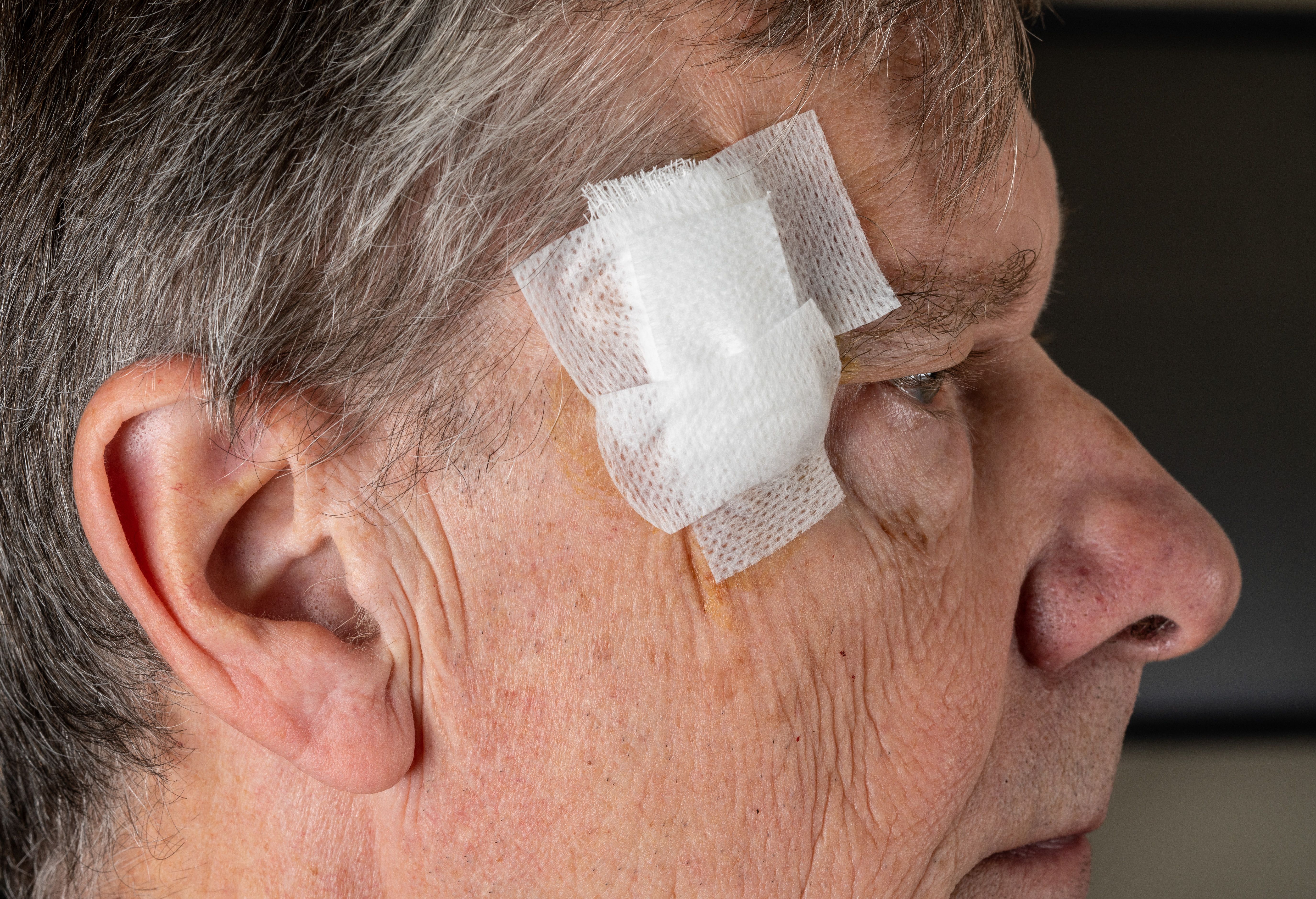- Acne
- Actinic Keratosis
- Aesthetics
- Alopecia
- Atopic Dermatitis
- Buy-and-Bill
- COVID-19
- Case-Based Roundtable
- Chronic Hand Eczema
- Drug Watch
- Eczema
- General Dermatology
- Hidradenitis Suppurativa
- Melasma
- NP and PA
- Pediatric Dermatology
- Pigmentary Disorders
- Practice Management
- Precision Medicine and Biologics
- Prurigo Nodularis
- Psoriasis
- Psoriatic Arthritis
- Rare Disease
- Rosacea
- Skin Cancer
- Vitiligo
- Wound Care
News
Article
Oral Cicaglocal is an Effective Treatment for Post-Mohs Wound Healing
Author(s):
Key Takeaways
- Cicaglocal, containing bromelain and Centella asiatica, significantly improved erythema reduction and healing scores post-Mohs surgery compared to placebo.
- The trial involved 24 participants aged 50-80, with higher satisfaction levels reported in the Cicaglocal group.
Satisfaction levels rose and recovery outcomes greatly improved with Cicaglocal compared to the placebo.
Image Credit: © Marco - stock.adobe.com

A new trial analyzed the use of oral Cicaglocal to heal wounds after Mohs micrographic surgery.1 High satisfaction rates and accelerated recovery make the drug a potential adjunct therapy for postoperative patients.
Cicaglocal is formulated with bromelain, Centella asiatica, sodium hyaluronate, ascorbic acid, B vitamins, cholecalciferol, and minerals such as iron, zinc, and copper. These ingredients remove necrotic tissue, control inflammatory reactions, and improve collagen synthesis for cell repair.
The randomized, double-blinded, placebo-controlled trial took place at Al-Zahra Hospital in Dubai, United Arab Emirates from October to December 2023. A total of 24 participants were included, specifically 11 women and 13 men. All were between the ages of 50 and 80 with a mean age of 67. Each participant underwent Mohs surgery for basal cell carcinomas and/or squamous cell carcinomas on the head and face.
Patients were evenly randomized into 2 groups of 12 participants each, receiving either oral Cicaglocal or placebo postoperatively. Treatment began the day after surgery, with patients taking the pill once daily at the same time each day. Investigators evaluated reduction in erythema, early healing score (EHS), full recovery, and patient and physician satisfaction levels using clinical assessments and standardized photographs. These were measured 7 and 14 days after treatment initiation.
Erythema decreased in both groups, but a greater reduction was noted in the Cicaglocal cohort (p < 0.001). The mean erythema score decreased from 4.83 after 1 week to 1.25 after 2 weeks. EHS also significantly increased from the start of the trial to the second and last visits. The mean score improved from 7.75 to 8.58 in the oral Cicaglocal group, which was significantly better than placebo. Similar patterns were also noted in the full recovery scores. In the Cicaglocal cohort, mean scores improved from 6.67 at the second visit to 8.58 at the last visit. These numbers were substantially better than that of the placebo group.
Physicians and patients were both satisfied with treatment, but levels were much higher in the Cicaglocal groups, especially in the second and last visits. These improvements, specifically in erythema and full recovery, have been noted in previous studies and are largely due to the high amount of bromelain in Cicaglocal. The anti-inflammatory properties of Centella Asiatica are also highly studied and very beneficial.
“This positive outcome can be attributed to the synergistic action of these components, which have individually shown the ability to promote cell proliferation, migration, and the deposition of extracellular matrix,” the authors said. “Moreover, the presence of vitamins and minerals in the Cicaglocal formulation, such as vitamin C, vitamin D, and zinc, may have further contributed to this beneficial effect by supporting cellular metabolism, collagen synthesis, and immune function, all of which are crucial for optimal wound healing.”
Only 1 patient in the Cicaglocal cohort had an adverse effect of nausea. This led to a change in medication but there was no significant association between these adverse events and the study groups (p = 1.000). Additionally, there were some study limitations including the small sample size and lack of further dermoscopic evaluation. However, this is a pilot study that can be used as a foundation for larger population studies.
Tumor size, location, depth, patient age, and comorbidities can affect the healing process that occurs after Mohs surgery, especially on more sensitive areas like the neck, face, and check.2 Thus, an effective strategy like this one is so significant.
References
1. Asilian A, Mohammadian P, Mahram H, Shahriarirad R, Bigham M. Investigating the Efficacy and Safety of Oral Cicaglocal on Wound Healing After Mohs Surgery in Patients With Skin Cancer: A Randomized, Double-Blinded, Placebo-Controlled Clinical Trial. J Cosmet Dermatol. 2025;24(2):e16784. doi:10.1111/jocd.16784
2. Oganesyan G, Jarell AD, Srivastava M, Jiang SI. Efficacy and complication rates of full-thickness skin graft repair of lower extremity wounds after Mohs micrographic surgery. Dermatol Surg. 2013;39(9):1334-1339. doi:10.1111/dsu.12254















